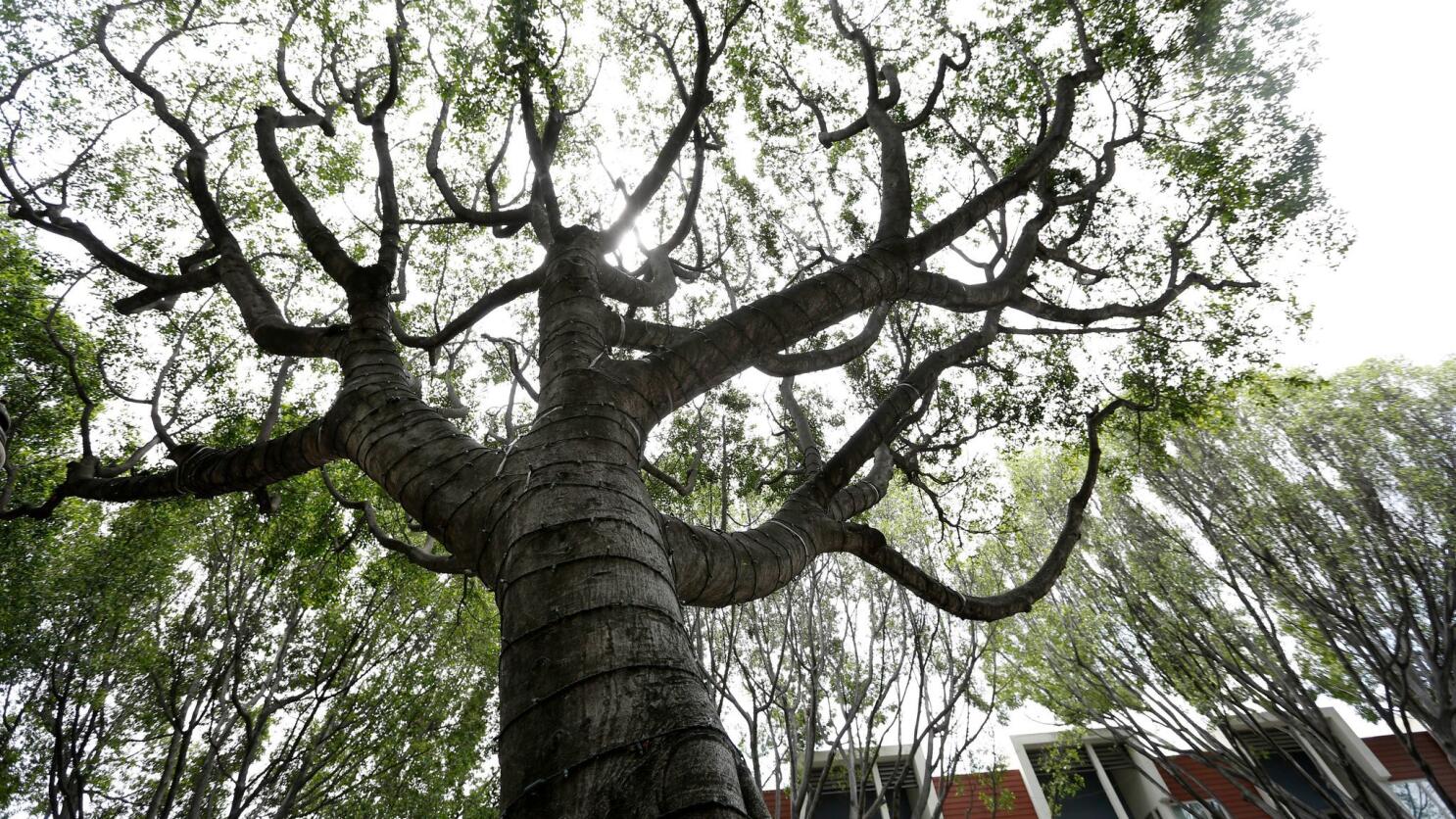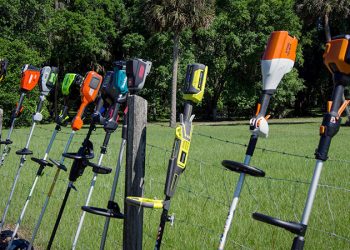Table of Contents

The Complexity of Tree Extraction
Tree extraction, a critical aspect of modern arboriculture, involves not just the physical removal of trees but also a deep understanding of environmental ethics, safety protocols, and effective techniques. This intricate process requires a balance between human needs, such as safety and urban development, and the preservation of our natural ecosystems. Let’s explore the multifaceted world of tree extraction, from ethical considerations to technical methodologies.
Navigating the Ethical Landscape of Tree Removal
The Decision to Remove a Tree
The decision to remove a tree is often complex and multi-layered. It involves evaluating the tree’s health, its impact on the surrounding environment, and potential risks to public safety. Engaging professional services, such as Tree removal Campbelltown, ensures that this decision is made with expert knowledge and ethical consideration.
The Role of Arborists in Ethical Tree Removal
Arborists play a crucial role in ensuring that tree removal is carried out ethically. They assess the necessity of removal, consider the impact on local biodiversity, and seek alternatives to removal wherever possible.
Techniques in Safe and Effective Tree Extraction
Sectional Dismantling
In confined spaces, sectional dismantling is often the most appropriate technique. This method involves cutting the tree into sections and carefully lowering them to the ground, minimizing impact on the surrounding area.
Whole Tree Felling
Where space and safety allow, whole tree felling can be used. This technique requires careful planning and precision to ensure that the tree falls in a controlled manner, avoiding damage to property and harm to people.
Safety Protocols in Tree Extraction
Protective Gear and Equipment
Safety is paramount in tree extraction. Arborists must wear appropriate protective gear, including helmets, eye protection, gloves, and harnesses, and use well-maintained, suitable equipment for each specific task.
Risk Assessment and Emergency Preparedness
Conducting a thorough risk assessment before commencing tree extraction is essential. Arborists must be prepared for emergencies and have protocols in place to deal with unexpected situations.
The Impact of Tree Extraction on Ecosystems
Understanding the Environmental Impact
Tree extraction can significantly impact local ecosystems. The loss of a tree affects local wildlife, plant biodiversity, and the area’s overall ecological balance.
Mitigating Negative Effects
Efforts must be made to mitigate the negative effects of tree extraction. This can include planting new trees, preserving existing vegetation, and protecting wildlife habitats.
Technological Advancements in Tree Extraction
Modern Equipment and Techniques
Advancements in technology have led to more efficient and safer tree extraction methods. Modern equipment such as cranes, specialized saws, and rigging systems have enhanced the precision and safety of the process.
Software and Planning Tools
Software tools assist in planning and executing tree extractions more effectively. They help arborists analyze the site, plan the extraction, and predict potential risks.
Legal and Regulatory Aspects of Tree Removal
Compliance with Laws and Regulations
Tree extraction must comply with local, state, and federal laws and regulations. This includes obtaining necessary permits and ensuring that the removal is legally justified.
Navigating Property Rights and Responsibilities
Understanding property rights and responsibilities is essential in tree extraction. Arborists must ensure that the removal is conducted legally, respecting property boundaries and community guidelines.
Aftercare and Site Rehabilitation
Stump Removal and Disposal
After a tree is removed, stump removal and proper disposal of the tree material are important. This ensures the site is left safe and clean, and the tree material is recycled or disposed of responsibly.
Restoring and Enhancing the Landscape
Post-extraction, restoring and enhancing the landscape is crucial. This might involve planting new trees, landscaping to restore the area’s aesthetics, and measures to prevent soil erosion.
Ethical Considerations in Urban Development
Balancing Development with Environmental Preservation
In urban areas, balancing development with environmental preservation is a key ethical consideration. Tree extraction should be integrated into broader urban planning efforts to maintain ecological integrity.
Public Involvement and Transparency
Engaging the public in decisions regarding tree extraction promotes transparency and community involvement. This ensures that the process is not only ethical but also supported by the community.
Training and Education in Arboriculture
Continuous Learning and Skill Development
Arborists must engage in continuous learning and skill development to stay abreast of the latest techniques, safety standards, and environmental considerations in tree extraction.
Educating the Public on Tree Care and Conservation
Part of an arborist’s role is to educate the public on tree care, the importance of trees in the ecosystem, and conservation practices. This helps foster a community that values and protects its natural environment.
The Responsibility of Tree Extraction
In conclusion, tree extraction is a multifaceted process that goes beyond the physical removal of trees. It encompasses ethical considerations, technical expertise, safety protocols, and environmental responsibility. By approaching tree extraction with care, knowledge, and a sense of stewardship, arborists play a critical role in balancing human needs with the health of the environment. As we continue to grow and develop our urban landscapes, the ethical and skilled extraction of trees will remain an essential aspect of maintaining the harmony between our built and natural environments.
Top of Form




